Antarctica's Gateway: Penguins & Ice in the South Shetlands
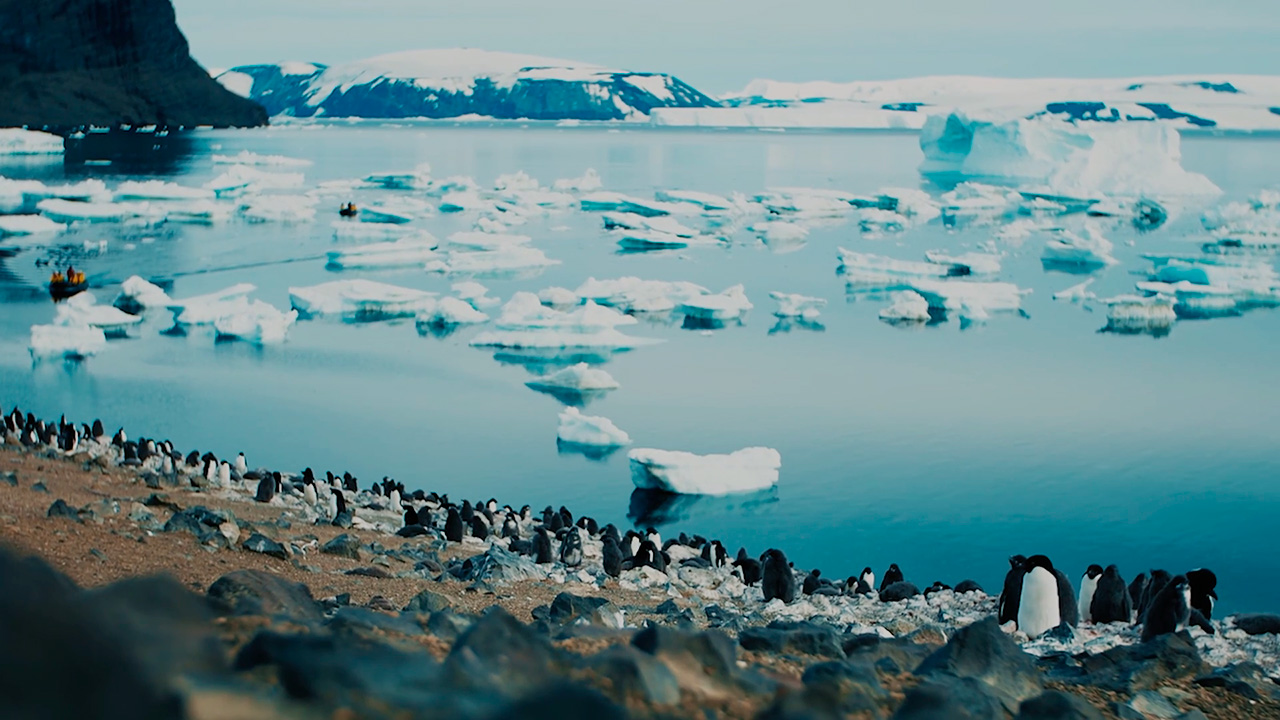
Welcome! We're excited to share an overview of the beautiful South Shetland Islands and Antarctica. We hope to convey the importance of this region's unique nature and the role of penguins and ice.
Overview of the South Shetlands and Antarctica
The South Shetlands are a group of islands located just off the Antarctic Peninsula, making them the northernmost islands in Antarctica. The region has a harsh climate, with temperatures averaging -10°C. The islands' surrounding waters are home to diverse wildlife, including penguins, leopard seals, and whales. On the other hand, Antarctica is a continent that contains 90% of the world's ice and is the coldest and driest place on earth.
Despite its inhospitable conditions, the South Shetland Islands and Antarctica are areas of great scientific interest. Scientists study the region's unique geology, weather patterns, and climate change effects on the ice caps and ocean currents.
Importance of Penguins and Ice in the Region
Penguins are arguably one of the most iconic animals in Antarctica, with colonies of thousands of penguins being a common sight. They play a crucial role in the region's ecosystems as a food source for small animals and a nutrient source for the surrounding waters. Additionally, their excrement acts as a fertilizer, which supports phytoplankton growth. These small organisms are at the bottom of the food chain and are vital in supporting the larger creatures of the region.
Ice is also an essential component of the South Shetlands and Antarctica. The region's ice is a huge, frozen water reserve, which slowly feeds into the surrounding oceans as it melts. This process plays a significant role in regulating global ocean currents and helps stabilize the earth's climate.
The South Shetlands and Antarctica are regions full of unique natural wonders. There is so much to explore and learn, from their harsh climate to their incredible landscapes and wildlife. Whether you're a scientist studying the region or just someone looking for an adventure, we hope this overview has inspired you to learn more about this fascinating part of the world.
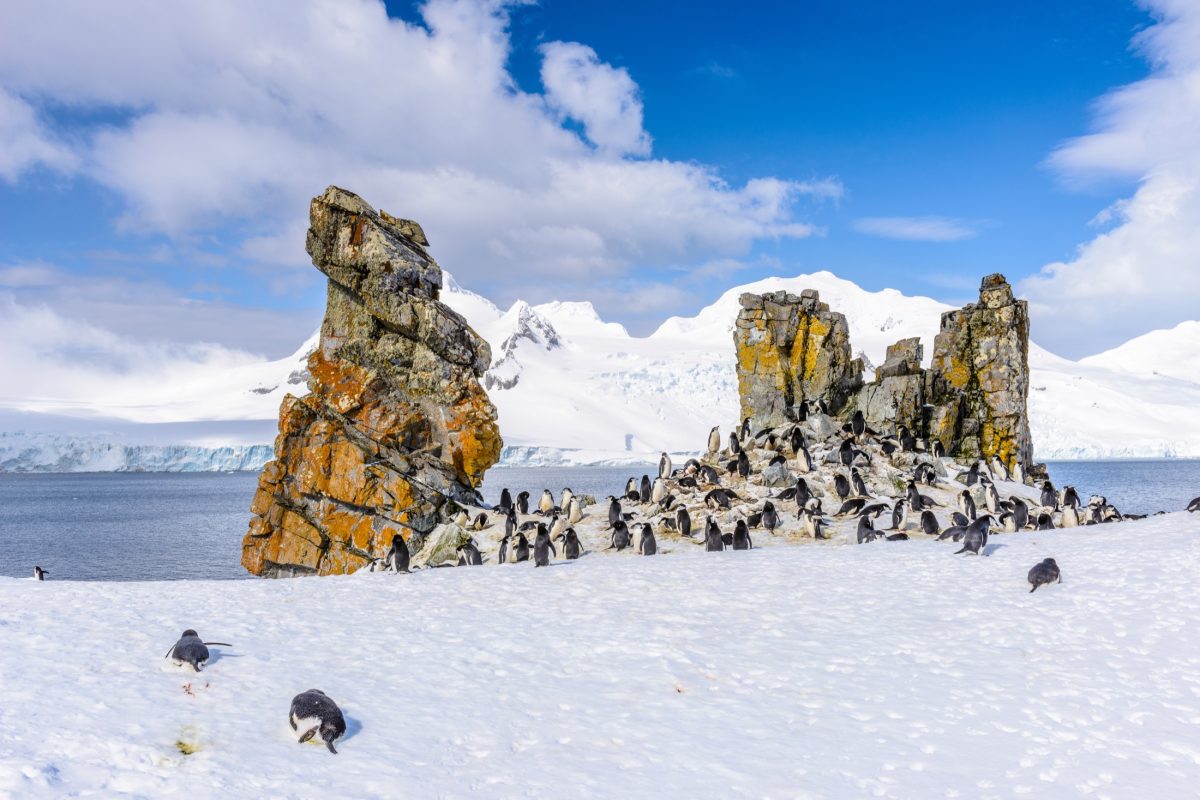
History of South Shetlands
Discovery of South Shetlands by early explorers
The South Shetland Islands were discovered in 1819 by the British explorer William Smith, who led a team on a whaling expedition. Later, the Russian explorer Fabian Gottlieb von Bellingshausen discovered and mapped the islands. The islands were named in honour of the Shetland Islands in Scotland, located in the North Atlantic.
Exploration and research activities in the region
Since the discovery of the South Shetlands and Antarctica, the region has been a subject of great interest for scientists and explorers. The harsh climate and unique wildlife make it an ideal place for researchers to study various topics such as geology, glaciology, oceanography, and biology.
Throughout the years, various scientific expeditions have been conducted in the region, leading to several important discoveries and findings. For example, scientists have discovered that the ice in Antarctica is melting at an alarming rate, significantly impacting global sea levels. The research in the region has helped raise awareness about the effects of climate change and has led to the establishment of legal frameworks for preserving the environment.

Geographical features of South Shetlands
Islands, glaciers, and ice caves
The South Shetland Islands are a collection of over 20 volcanic islands, some still active. These islands are covered with glaciers and ice caves, giving a remarkable glimpse into the region's geological history. The glaciers in this area create breathtaking blue ice caves, which you can explore on foot or via kayak - an experience you won't forget anytime soon.
Environmental conditions and challenges
The environmental conditions and challenges in this region are extreme. Antarctica is the coldest continent on earth, with temperatures dropping as low as -128.6°F. The strong winds also make it incredibly difficult to endure. The region is fragile and faces severe environmental challenges, such as ice melting and rising sea levels caused by global warming. These challenges underline the necessity of preserving this area for future generations.
We hope this overview of the South Shetland Islands has inspired you to learn more about this incredible region. It's home to unique geographical features you won't find anywhere else in the world, making it a must-visit location for adventurous thrill-seekers.
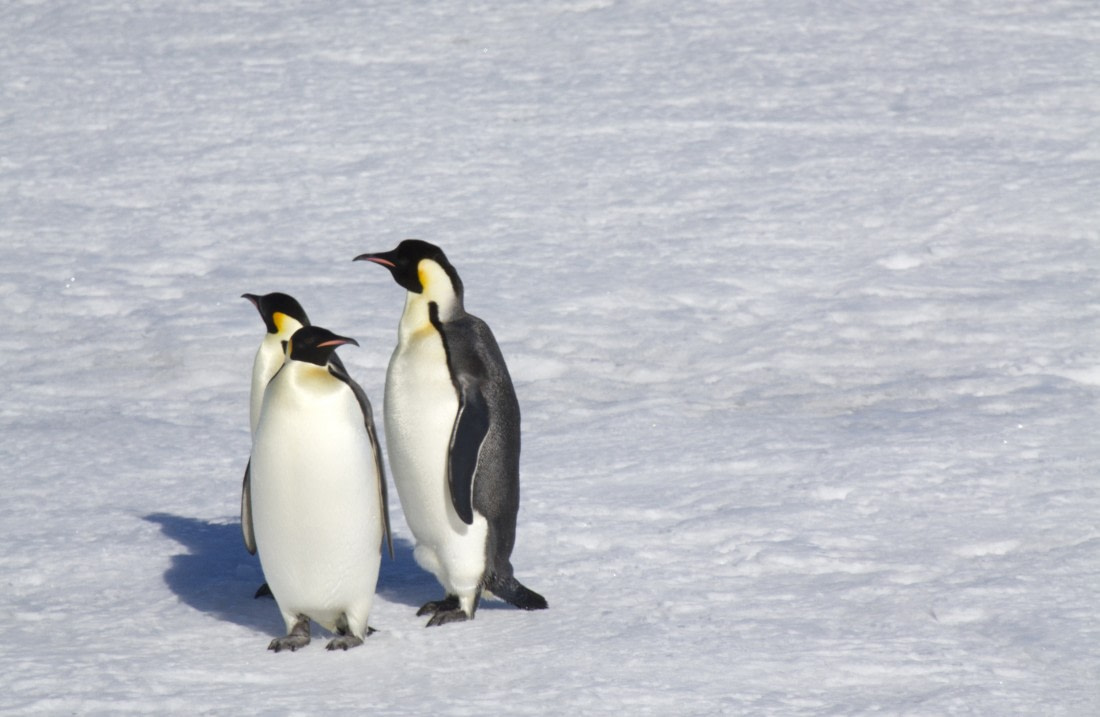
Penguin species in South Shetlands
Overview of different penguin species found in the region
The South Shetland Islands host four penguin species: the chinstrap, gentoo, adélie, and macaroni. The chinstrap penguin is named after the black line under its chin. It is the most common species in the area, with approximately 7 million individuals. The gentoo penguin is the second-largest species and is easily recognizable by its bright orange beak. Adélie penguins are the smallest in Antarctica, breeding in colonies of up to 400,000 individuals. The macaroni penguin, noted for its distinctive yellow crest feathers, is the least common species of the four.
Research on penguin behaviour and populations
Over the years, researchers have studied the penguin populations in the South Shetland Islands. They have found that the chinstrap and gentoo populations have increased while the adélie and macaroni populations have decreased. The researchers also discovered that penguins are highly social animals. They breed and nest in groups, huddling together to keep warm during the frigid Antarctic winters.
As you explore the South Shetland Islands, take the opportunity to observe these unique and fascinating animals. Remember to do so respectfully and without disturbing their natural habitats. Enjoy the adventure!
Importance of Penguins in Ecosystem
Role of Penguins in the food chain
Penguins play a vital role in the food chain of the Antarctic region. They feed on krill, small fish, and squid, which are preyed upon by larger animals such as seals and whale species. Penguins are an important food source for these predators, and their presence supports the survival of the entire ecosystem. Due to their position in the food chain, any changes in the penguin population or their feeding habits can significantly impact the entire ecosystem.
Impact of Climate Change on Penguin Populations
One of the biggest threats that penguins face is climate change. As temperatures rise, sea ice melts, and ocean acidification increases, penguin habitats and food sources are affected. This can lead to decreased penguin populations and a ripple effect throughout the food chain. Researchers have observed that some penguin species, such as the Adélie and macaroni penguins, have already seen a decline in their numbers due to environmental changes.
We need to take action to protect the penguins and their habitats. By reducing our carbon footprint and supporting conservation efforts, we can help mitigate the effects of climate change and preserve these iconic animals for future generations to enjoy.
Thank you for joining us to learn more about the South Shetland penguins and their significance in the Antarctic ecosystem. Remember to observe these animals respectfully and without interfering with their natural habitats.
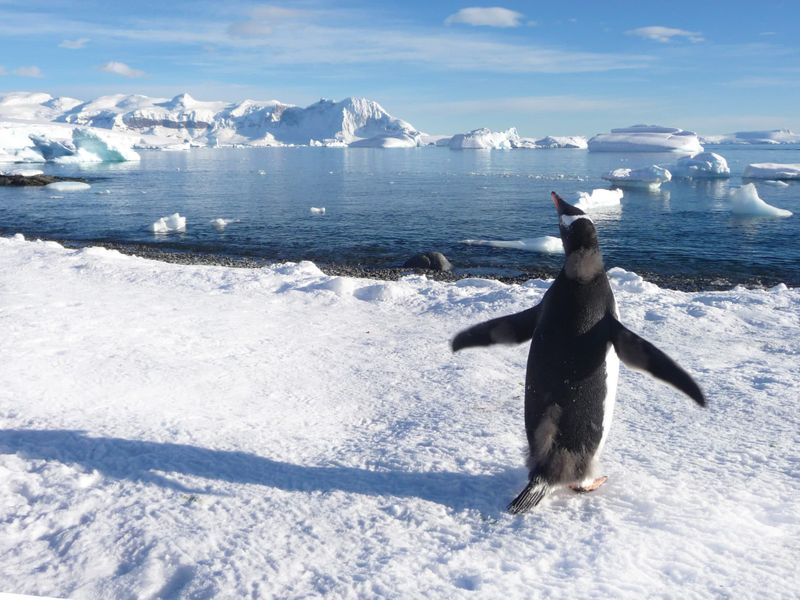
Adventure and Tourism in South Shetlands
Popular tourist activities in the region
The South Shetland Islands are home to many breathtaking landmarks and exciting activities. Here are some of the most popular things to do:
- Visit Deception Island: One of the most unique destinations in the region with its volcanic beaches, warm waters, and abandoned whaling station.
- Wildlife watching: Spotting penguins, seals, and whales in their natural habitats is a must-do activity in this area.
- Kayaking: Paddle through the crystal clear waters and explore the ice formations up close.
- Camping: Experience the ultimate wilderness adventure in the pristine landscape and under the star-filled skies.
Environmental regulations and responsible tourism
While tourism provides an opportunity to learn about the region's natural beauty, it's important to be mindful of the environmental impact. The Antarctic Treaty System and various international organizations have set strict environmental regulations to protect the ecosystem from human interference. It's essential to act responsibly while visiting this area.
| Dos | Don'ts |
|---|---|
|
|
By supporting responsible tourism practices, we can help preserve the environment and protect the unique fauna of the South Shetland Islands. Let's do our part to ensure that future generations can enjoy this pristine wilderness.

Climate and Weather in South Shetlands
Extreme weather conditions and safety regulations
The South Shetland Islands are known for their harsh weather conditions, with temperatures ranging from -10 °C to 1°C. The strong winds and heavy snowfall can make outdoor activities challenging. It's essential to follow safety regulations while exploring the region.
Here are some safety tips to keep in mind:
- Dress in layers and wear appropriate outdoor gear.
- Always check weather forecasts and adjust your plans accordingly.
- Stay with your group and avoid venturing out alone.
- Carry emergency supplies such as food, water, and first aid kits.
Effect of Climate Change on the region
The South Shetland Islands are not immune to the effects of climate change. Rising temperatures and melting ice caps are having a significant impact on the region's ecosystem. The loss of sea ice affects the breeding patterns of seals, penguins, and other marine animals, leading to a decline in their populations.
It's important to understand the consequences of climate change and take measures to reduce our carbon footprint. By choosing eco-friendly travel options and supporting sustainable tourism practices, we can help protect the fragile environment of the South Shetlands and preserve their natural beauty for future generations.
The South Shetland Islands are a spectacular travel destination, but it's crucial to be prepared for the challenging weather conditions and respect the region's fragile ecosystem. Let's work together to promote responsible tourism and protect this unique wilderness.
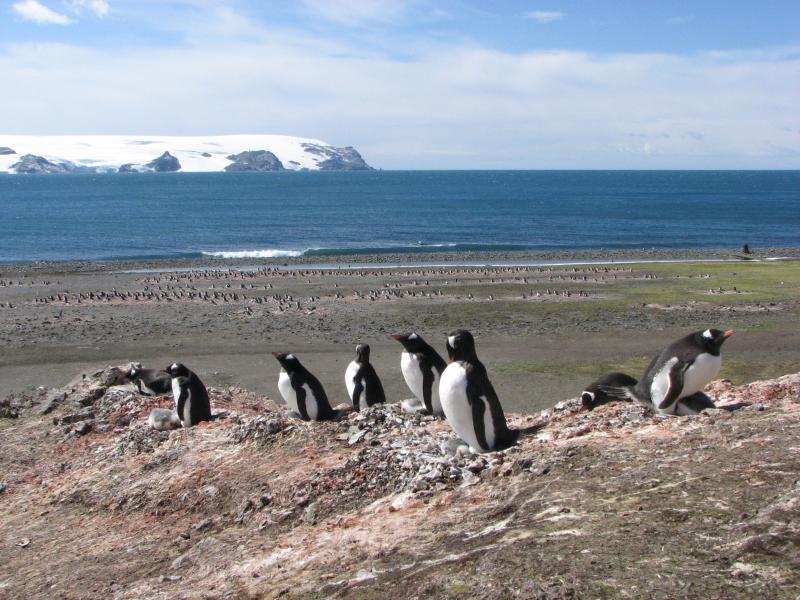
Sustainability and Conservation Efforts
Research and conservation initiatives for Penguins and other wildlife
The South Shetlands Islands are home to diverse wildlife, including penguins, seals, and whales. Several research and conservation initiatives are taking place to study these animals and protect their populations. For example, the Antarctic Site Inventory (ASI) project is working to identify and conserve important breeding sites for penguins and other seabirds in the region.
Other initiatives, such as the South Georgia Heritage Trust and the Antarctic and Southern Ocean Coalition (ASOC), are also working towards conserving and protecting the region's wildlife. Visitors can support these efforts by choosing eco-friendly tour operators and following sustainable tourism practices.
International agreements and treaties for Antarctic protection
The Antarctic Treaty is an international agreement signed in 1959 that regulates all aspects of the continent, including its management and conservation. In addition to this treaty, several other agreements and conventions are in place to protect the Antarctic region, including the Convention on the Conservation of Antarctic Seals and the Convention on the Conservation of Antarctic Marine Living Resources.
The Madrid Protocol, which entered into force in 1998, designates Antarctica as a natural reserve devoted to peace and science. It prohibits all mining activities and strictly controls the region's tourism and other human activities.
It's important to raise awareness about these agreements and treaties to promote responsible tourism practices with minimal environmental impact.
Our efforts towards sustainable tourism and conservation are essential to preserve the unique beauty and wildlife of the South Shetland Islands. By supporting research and conservation initiatives and following sustainable tourism practices, we can help protect this fragile ecosystem for future generations.
